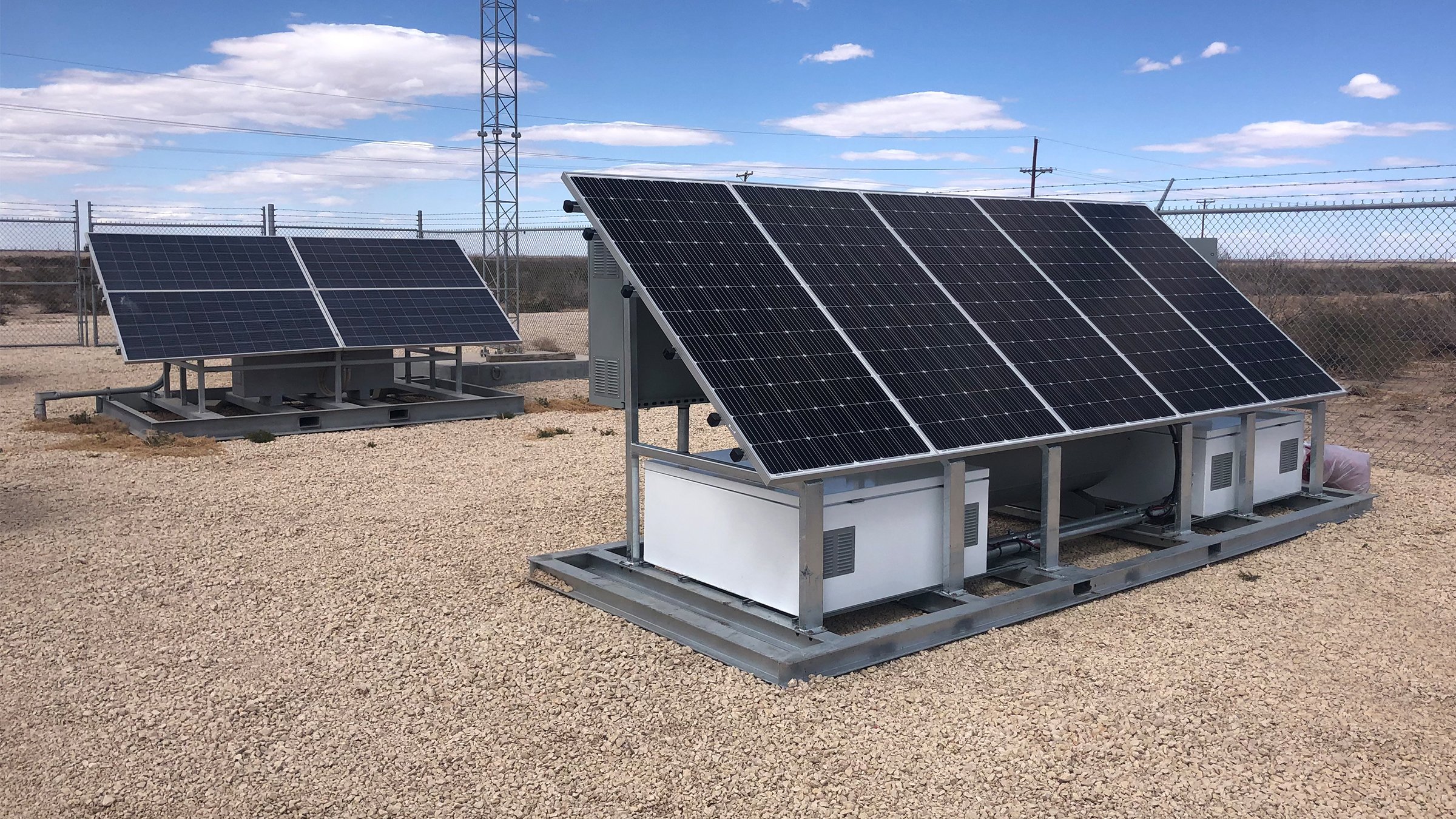Oil and gas producers rely on complex networks of pipelines to transport their products. Pipelines typically lead from individual well pads to central gathering sites, which tie-in to larger pipelines – and eventually, processing and distribution facilities.
To help maintain safe operation, the pipelines include shut-off valves at the tie-ins that can quickly stop the flow if there is an emergency. In crude oil pipelines, the emergency shut-off valves are often actuated by either fuel gas, nitrogen-driven pneumatic systems or hydraulic systems.
“For environmental reasons, many producers are trying to drastically limit their use of fuel gas and nitrogen to actuate the valves,” explained John Clay, CEO, Endpoint Industrial Controls. “And they are also looking for ways to improve operational efficiency.”
Endpoint Industrial Controls delivers turnkey automation and control solutions for a wide range of industries – from oil and gas to renewables to manufacturing. Headquartered in Loveland, Colorado, the company is part of the Rockwell Automation® PartnerNetwork™ program.
West Texas Challenge
Recently, a leading energy company approached Endpoint for a valve actuation solution that would support their environmental goals – and limit the field work required to maintain their systems in West Texas.
While the valves are designed for emergency shutdowns, which happen rarely, they must be tested regularly.
“Our customer used two methods to actuate their valves,” said Clay. “At some sites, they used fuel gas and at others, hydraulics.”
Each method presented unique challenges. To power gas actuated valves, gas is vented directly from the pipeline into the atmosphere. This method results in hydrocarbon emissions.
The hydraulically actuated valves require operator intervention each time they are tested. When the valves are tested – or closed – compressed hydraulic energy is released. To reopen the valves, an operator must manually pump the valve until it reaches adequate pressure.
Like many oil and gas producing regions, West Texas is a harsh environment. The company's shut-off valves are in remote locations, many accessible only by traversing treacherous roads.
“To service the hydraulically actuated valves, operators were driving several hours – often in the middle of the night – on one of the most dangerous roads in the country,” said Clay. “Our customer wanted to both improve operator safety and minimize the amount of unproductive windshield time.”
A Singular Solution
Endpoint was charged with designing a single solution that would replace both fuel gas and hydraulic valve actuation methods. To meet objectives, the company designed a system based on solar-powered, air compressors to actuate the valves.
“We provided a full-scope solution – from concept and design to manufacturing and integration,” said Clay. “The result is a skidded, off-grid system that can be delivered to our customer's sites – and implemented without modification.”
The completely contained skid measures approximately 6 feet x 17 feet (1.8 meters x 5.2 meters) and includes solar panels, battery storage, a 200-gallon compressor tank and related control systems. To install the system, the existing actuators at the sites are removed with the valves in the open position, replaced with compressed air actuators – and attached to the compressor.
“Because this is a high-availability, safety application, the skid also includes a back-up compressor,” said Jacob Payne, lead engineer, Endpoint Industrial Controls. “In addition, the battery storage provides a month of back-up power to mitigate limited solar power generation on cloudy days.”
The energy company requested a solution based on a Rockwell Automation® architecture to align with their existing installed base. The control system features an Allen-Bradley® CompactLogix™ controller and Allen-Bradley POINT I/O™, running on an EtherNet/IP™ network.
“Actually, our initial proof-of-concept was applied to a hydraulic system – and we reused the existing CompactLogix controller at the site,” Payne said.
Networked POINT I/O captures digital inputs from pressure transmitters, voltage meters and other smart devices. And delivers complete system health status to an integrated Operation Command Center (OCC) in Houston.
Information-Enabled Success
The solar-powered system provides more granular feedback than the previous system, eliminates the use of fuel gas and enables remote operation. Personnel can open and close the valves from the OCC hundreds of miles away.
“From the standpoint of a green solution, the system checks all the boxes,” said Clay. “It reduces the energy company's overall carbon footprint – and helps keep operators off the road.”
“While the initial pilot was applied to a hydraulic system, it proved the concept for all applications,” Clay added. “Our customer is so confident in the results that they are currently evaluating the skid for offshore applications as well.”
Learn more about solutions delivered by our OEM Partners.
